Measurement and verification 101
Measurement and verification (M&V) methods and processes are used to measure and verify, in a defined, transparent way, the energy savings resulting from planned changes to all or parts of a specific facility or a group of specific facilities.
M&V of energy opportunities gives businesses confidence that energy actions have an impact on the bottom line, and is often an effective tool for driving continuous improvement.
The savings are measured and verified without regard to the energy performance of any facility other than the facility at which the energy upgrade is implemented. But as part of an energy management system (EnMS), M&V is also an active and on-going process: it is what leading businesses do to drive continuous improvement in their energy performance.
Specifically, businesses leading in energy strategy and management:
Measure energy performance;
Make changes to their operations and maintenance; and
Verify that the changes work as planned and continue to work over time.
M&V requires additional discipline and transparency in measuring and verifying savings than normally is provided for simple facilities and energy management. For example, in energy performance contracting (EPC) projects, the M&V process is formal and an integral part of the contractual arrangements.
M&V of energy opportunities gives businesses confidence that energy actions have an impact on the bottom line, and is often an effective tool for driving continuous improvement.
Why measure and verify?
Effective M&V helps businesses to:
Increase energy savings;
Reduce the cost of financing projects;
Encourage better project engineering; and
Help demonstrate and capture the value of reduced emissions from energy efficiency and renewable energy investments.
Where to go for help?
The Energy Efficiency Council works in collaboration with the Efficiency Valuation Organization (EVO®) to deliver the Performance Measurement and Verification Analyst (PMVA) training and certification program in Australia.
You can find expert help from a PMVA who has undertaken the internationally recognised PMVA training and who has experience in delivering M&V projects. Visit the Association of Energy Engineers website to search a list of current PMVAs.
For larger organisations undertaking energy upgrades, you may wish to consider undertaking formal M&V training in house. Contact the Energy Efficiency Council to learn more.
You can learn more about M&V by reading the Best practice guide to measurement and verification of energy savings, which was developed the Australasian Energy Performance Contracting Association (AEPCA) for AusIndustry. AEPCA was the Energy Efficiency Council’s predecessor.
Click here to return to the Energy 101s page.

